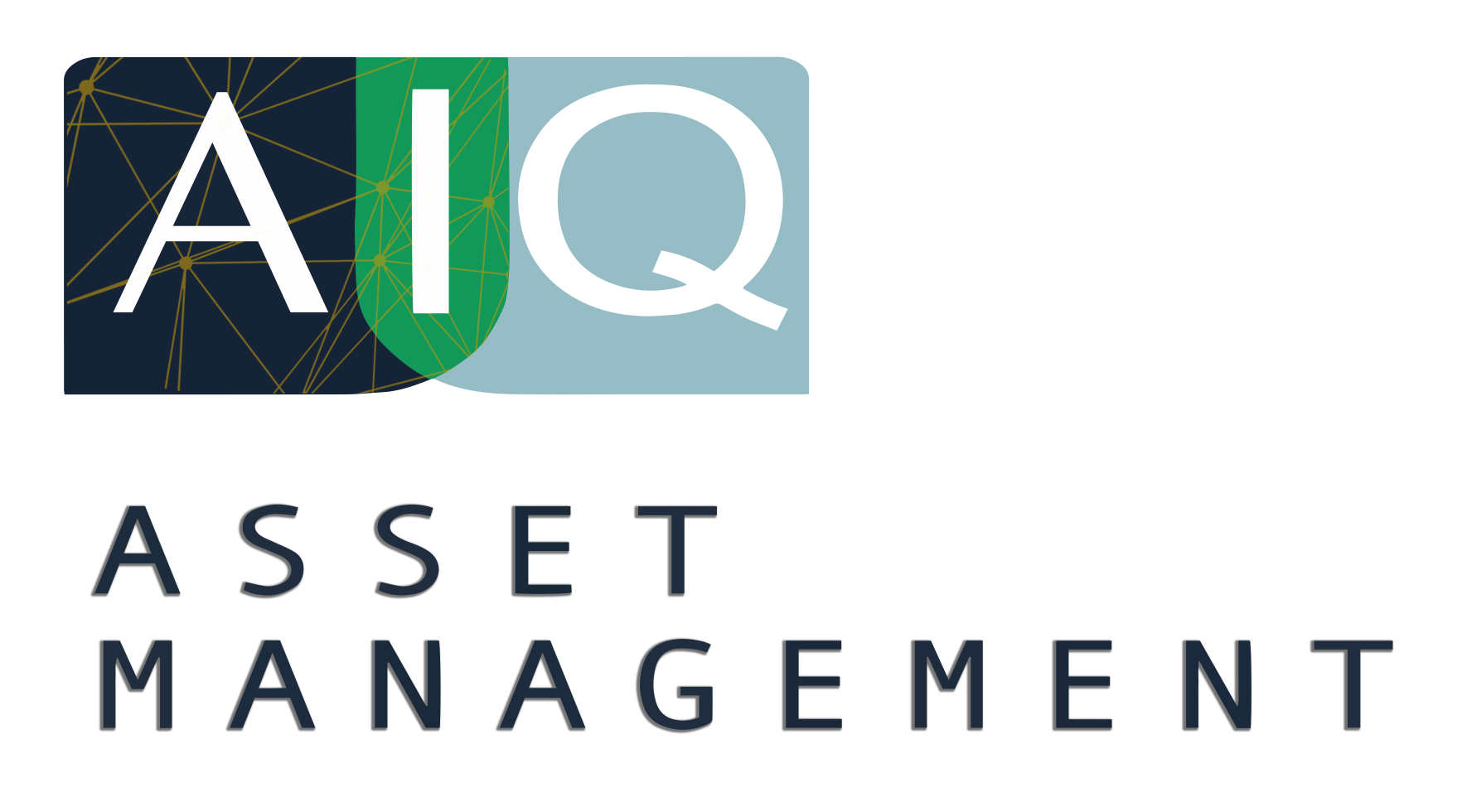By AIQ Asset Management
•
February 21, 2024
The prospect of a material economic decline has diminished to the point that a “soft landing” has become the base case with the odds likely favoring a “no landing” scenario over a mild-recession as the next most likely outcome. Economic data has generally surprised to the upside thus far in 2024 indicating that one of the most anticipated recessions of all time has simply refused to show. Contemporaneously, the Fed’s tone has been relatively hawkish versus market expectations that had not long ago priced in as many as seven rate cuts beginning as early as March. While the Fed maintained its more cautious approach while still signaling some cuts later in the year, the market continued to aggressively front run cuts, just as it has for the last two years. Much higher-than-expected January inflation reports thus far, with the important personal consumption expenditures report still to come, explain why Fed officials have pushed back against the market's aggressive easing narrative. Both the January reports and the Fed's actions are in line with our previous thinking that inflation was likely going to be stickier than the market was expecting, barring a deterioration in economic activity. We do, however, expect inflation to continue to decline throughout the year even if the road is somewhat bumpy. From an earnings perspective, about 80% of the companies in the S&P 500 have reported, and company profits confirm the better-than-expected economic data with 55% of reports beating sales estimates and 78% beating earnings per share (EPS) estimates. Fourth quarter estimates for year-over-year EPS growth for the overall S&P 500 have thus gone from +1% to +7% since the beginning of the year. While these improvements were disproportionally attributable to tech, particularly the Magnificent 7, the rest of the market (S&P 493) also improved. We expect the Fed to look through the hotter inflation data, particularly as some of the gains can be explained by typical new year price increases by many firms that will likely hold for the remainder of the year. Barring an unexpected material spike higher in inflation, therefore, we expect the Fed to begin normalizing monetary policy with its first rate cut in May or June followed by two or three more cuts during the balance of the year depending on the path of underlying inflation and economic conditions. While three or four cuts this year is indeed a sobering of ebullient expectations that were frankly unpinned from the Fed’s own Statement of Economic Projections, they should still provide a positive backdrop for stocks as the decline in the risk-free rate allows for a lower cost of capital, encourages more investments in growth, and supports lower earnings yields (higher P/E multiples). This is specific, however, to a decline in rates prompted by progress on the inflation front alone versus recent rate cut cycles that were intended to stimulate the economy and provide relief to financial markets (i.e., markets this time around do not have to endure a recession and/or a financial accident prior to getting the rate decreases). A rate cutting regime hinged on improvements in inflation with the economy held constant would likely steepen the currently inverted yield curve, making it less inverted and ultimately positive sloping once again. While monetary policy greatly influences the short end, the long end is primarily driven by market forces and future growth/inflation expectations. We do not see a material decline in longer-term rates unless the prospects for the economy weaken materially. Longer-term rates could, in fact, continue to drift higher should the economy continue to improve, which would put pressure on longer-term maturities. Short-term bonds would benefit from the lower rates but would subject investors to reinvestment risk. Therefore, while we have let duration drift higher as longer-term rates have moved higher, we expect to remain relatively short on duration versus the major indexes. This allows us to benefit from relatively higher short-term rates (while we still have them) while keeping credit risk at manageable levels. We would, however, expect duration to continue to drift higher over time. On the equity side, while economic activity has and could continue to grow modestly, we are not calling for a broad, material inflection higher. Therefore, we would not advocate going overweight cyclical exposures. On the flipside, we would not go defensive - classic defensives such as consumer staples and utilities - in light of improving economic data and company fundamentals. We would much rather anchor on companies that can grow top-line revenues, produce healthy and potentially improving margins, and generate solid cash flow and whose stocks are trading below their intrinsic values. We believe the recent obsession with megacap stocks has left several attractive opportunities. Within the growth bucket, we prefer those who are currently profitable with favorable near-term prospects, in stark contrast to so-called “long-duration” growth companies whose current valuations hinge on significant future earnings that are not tangible today. Investing in securities is speculative and carries a high degree of risk. Past performance is no guarantee of future results. Additional information, including management fees and expenses, is provided on Advisor Resource Council’s Form ADV Part 2, which is available upon request. Material discussed is meant to provide general information and it is not to be construed as specific investment, tax, or legal advice. Individual needs vary and require consideration of your unique objectives and financial situation. The opinions voiced in this material are for general information only and are not intended to provide specific advice or recommendations for any individual. The economic forecasts set forth in this material may not develop as predicted. Investing involves risks including possible loss of principal. No investment strategy or risk management technique can guarantee return or eliminate risk in all market environments. All information is believed to be from reliable sources; however, Advisor Resource Council makes no representation as to its completeness or accuracy.




